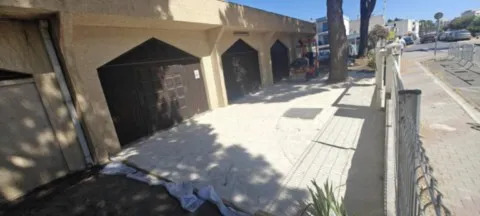Le Grau-du-Roi - Sainte-Thérèse
Modern and sober
Identity & affiliation. 20th century Catholic chapel , dedicated to Saint Therese of the Child Jesus, integrated into the parish complex of Aigues-Mortes & Le Grau-du-Roi (diocese of Nîmes).
Location. Left bank , rue Folco-de-Baroncelli , 30240 Le Grau-du-Roi. Access for people with reduced mobility announced .
Worship
Summer (July-August). Vigil Mass on Saturday at 6:30 p.m. at Sainte-Thérèse (left bank).
The rest of the year, Sunday masses are more centered on Saint-Pierre (city center).
The church is part of the parish of Aigues-Mortes – Le Grau-du-Roi
Building & Condition
Small , modern, sober building (gabled facade) typical of 20th century coastal chapels, serving as a place of worship on the left bank and during the season. The parish has launched an appeal for donations for renovation work at Sainte-Thérèse (66% tax reduction).
Parish life around the site
